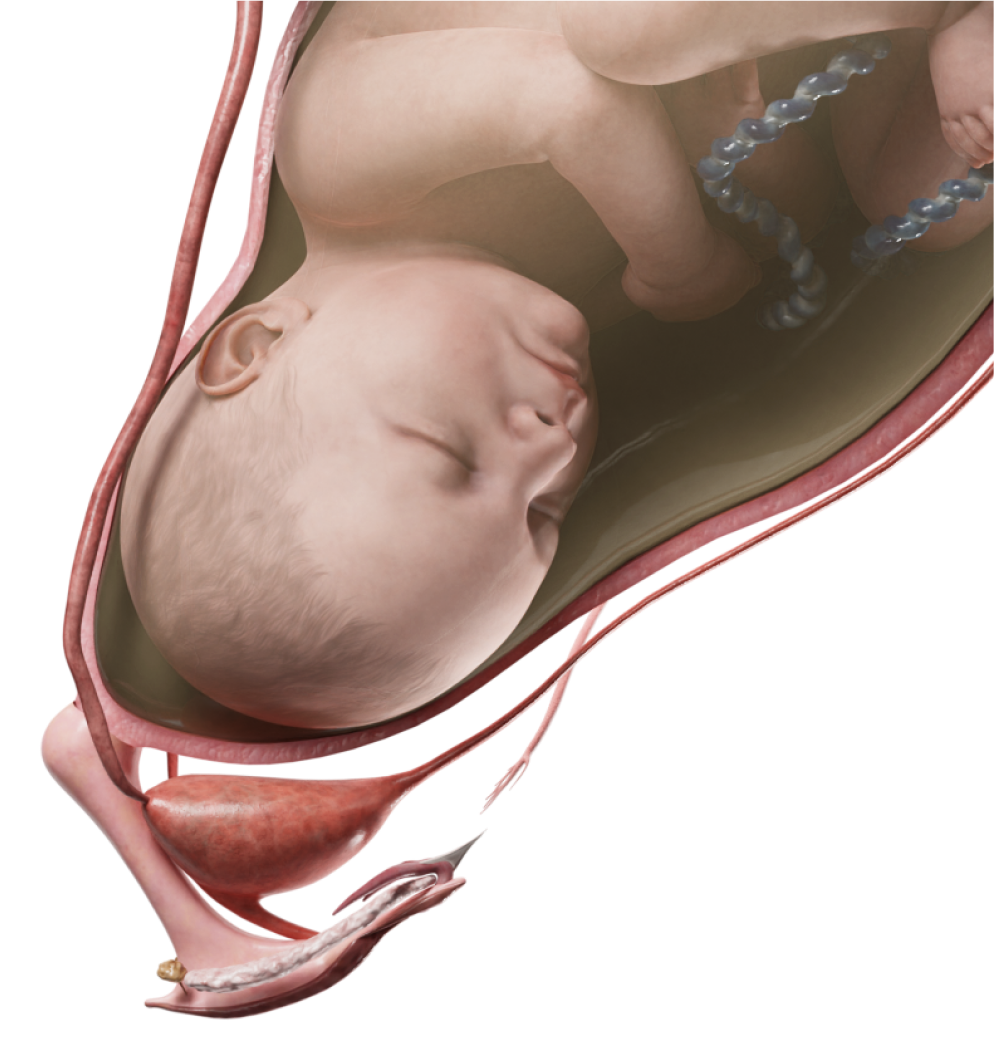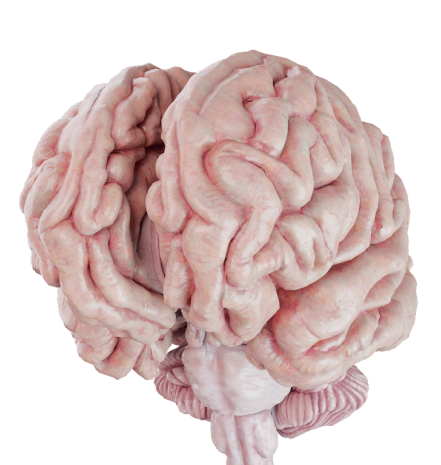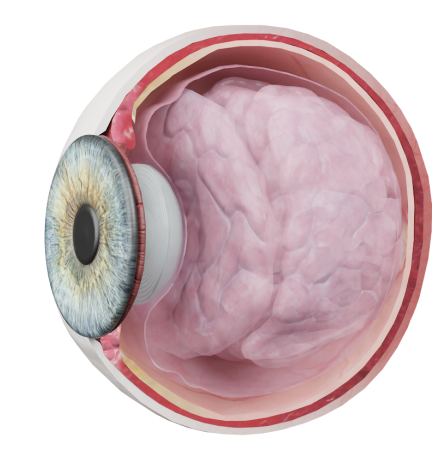Pathological tortuosity
Pathological Tortuosity of Common Carotid Artery
Anatomic Pathology
The common carotid artery is tortuous along its course. Some tortuosity types develop in combination with stenosis.
Pathophysiology
This defect is an anatomic variant rather than a pathology. Hemodynamic disorders are caused by an obstruction distal to or at the level of a tortuous segment, resulting in poor blood circulation in the common carotid artery.
Classification
- C-shaped;
- S-shaped;
- Looping.
Clinical Manifestations
This pathology can be asymptomatic. When symptomatic, patients generally report headaches, frequent fainting, impaired concentration and memory. A history of transient ischemic attacks and ischemic strokes is also common.
Diagnosis
- Carotid ultrasound: impaired blood circulation, hemodynamic status assessment.
- Angiography: pathology visualization, assessment of stenosis severity and hemodynamic disorders.
- MRI: pathology visualization, assessment of stenosis severity.
Treatment
Vascular surgery involves resection of the tortuous artery with subsequent reconstruction.
Pathological Tortuosity of Vertebral Artery
Anatomic Pathology
In the majority of cases, pathological tortuosity is found in the first preforaminal part of the vertebral artery and can take different shapes. Pathological tortuosity is also often accompanied by stenosis of the preforaminal part of the artery.
Pathophysiology
The underlying cause of hemodynamic disorders is an obstruction distal to or at the level of a tortuous segment of the artery, resulting in poor blood circulation in the vertebral artery.
Clinical Manifestations
This condition can be asymptomatic. Otherwise, patients tend to report headaches, frequent fainting, impaired concentration and memory.
Rarer symptoms include nausea, vomiting, and ischemic disturbances.
Diagnosis
- Doppler ultrasound: impaired blood circulation, hemodynamic status assessment.
- Angiography: pathology visualization, assessment of stenosis severity and hemodynamic disorders.
- MRI: pathology visualization, assessment of stenosis severity.
Treatment
Vascular surgery involves resection of the tortuous artery with subsequent reconstruction.










